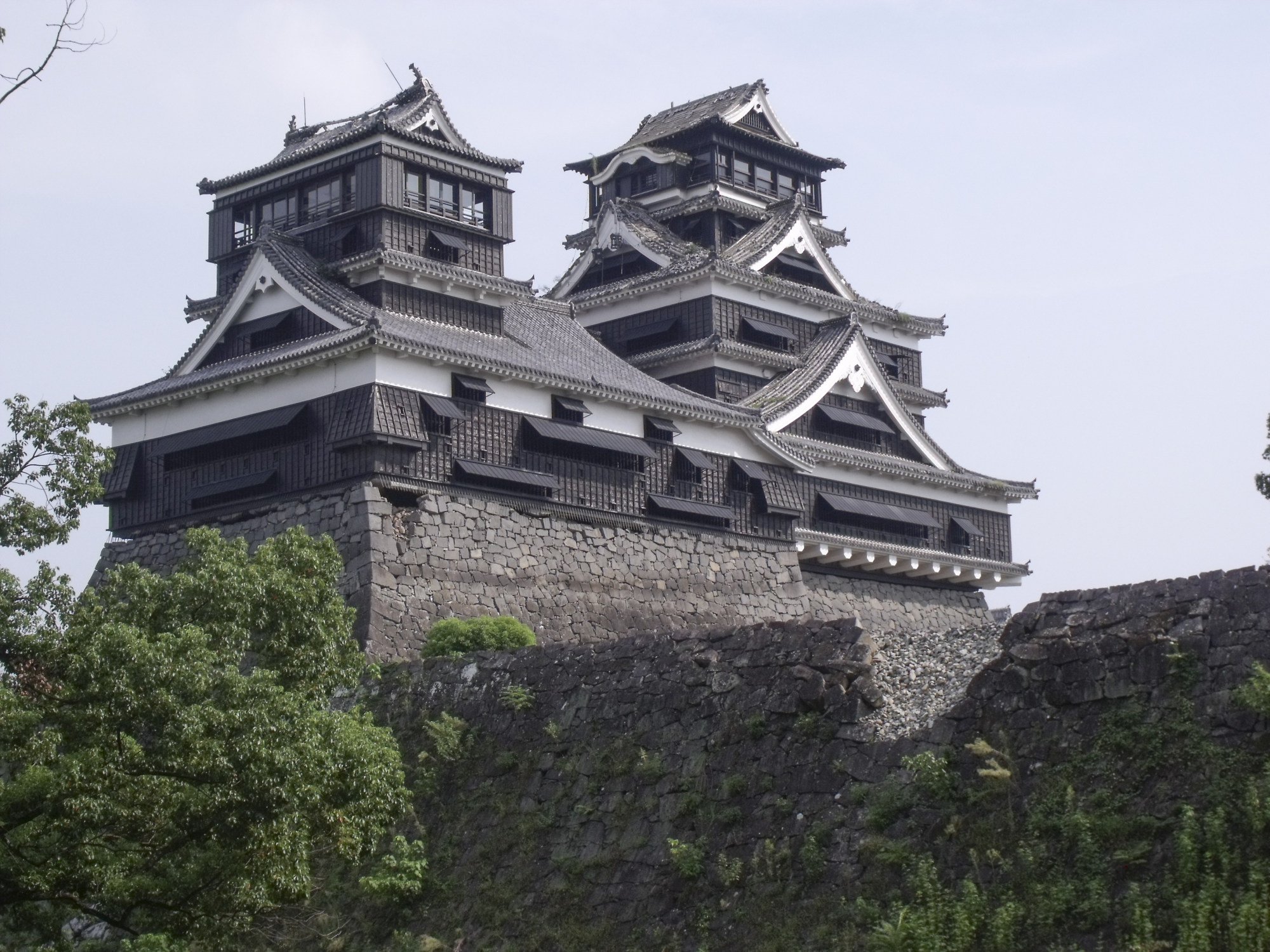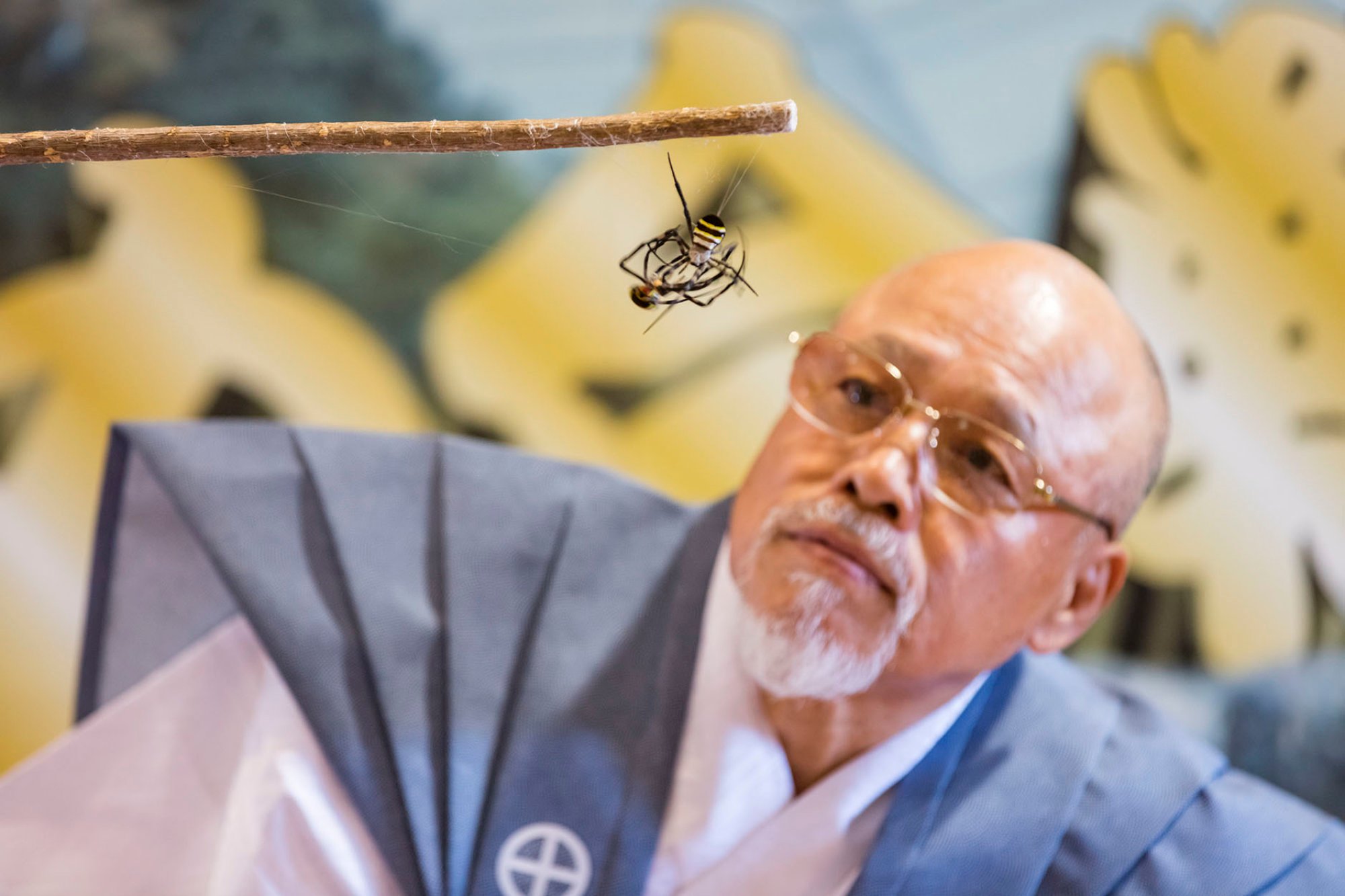
8 reasons to visit Kyushu, Japan: great food, volcanoes, an onsen at the ‘eight hells’, the Goto Islands, even a windmill visit
- Kyushu has something for every visitor: amazing food, hot springs, active volcanoes and spectacular scenery, and a wealth of cultural attractions
- Enjoy Fukuoka’s ‘yatai’ food stalls, relax in an onsen in Beppu village, visit a realistic Dutch theme park complete with canals and a working windmill
Hong Kong Airlines is starting a new service to Fukuoka, Japan, on April 7 – joining Cathay Pacific and HK Express on the route – with four flights a week to the vibrant harbour city that serves as the gateway to Kyushu.
The most southerly of Japan’s main islands, Kyushu has spectacular mountains, volcanoes and coastlines, traditional festivals and historic locations, theme parks, onsen and some of the best food in the country.
Here, in no particular order, are some of the best things to see and do in Kyushu.
1. Fukuoka ‘yatai’

Yatai is an evening culinary institution in Fukuoka adding a new meaning to the concept of dining out.
As dusk settles, the covers come off dozens of food stalls on wheels and the lanterns are fired up. A yatai is a simple construction with a wooden roof above a space where the “master” cooks, a tiny shelf where diners balance their plates and glasses, and colourful curtains to keep the elements out.
She cycled solo through 10 countries in 9 months – and she’s not done yet
The dishes are simple but hearty – oden vegetables in a broth, yakitori grilled chicken skewers, tempura or gyoza dumplings – but the sake and beer flows and before you know it, you’re firm friends with everyone else squashed into the place – and they’re probably inviting you to karaoke.
2. Follow in the footsteps of monks
The Kunisaki Peninsula is a largely overlooked district in the far northeast of Kyushu that was for many centuries an important centre of Shugendo, a combination of Japan’s indigenous Shinto religion with the Buddhism that was brought into the country from China.
The area is still home to tiny temples and shrines, and keen hikers can follow the mountain trails that monks in centuries past would traverse, deep in prayer. The routes pass through hamlets that are largely unchanged since the monks came this way, with steep climbs to peaks that offer views across lush valleys and forested hillsides.

3. Huis Ten Bosch
Huis Ten Bosch is a sprawling theme park in Nagasaki prefecture that is a stunningly accurate depiction of a traditional Dutch town, down to the last tulip. The hotels, shops, theatres and restaurants are all faithful replicas, and the park – which covers nearly 9 square kilometres (3.4 square miles) – attracts millions of visitors every year.
Take a traditional Dutch narrow boat along one of the canals that criss-cross the park, and admire the sails of the windmill as they turn in the gentle breeze. The town square, overlooked by red-brick houses and the church tower, hosts a fabulous Christmas market every year.

4. Go glamping in the Goto Islands
An area of outstanding natural beauty about 100km (62 miles) off the northwest of Kyushu, the Goto Islands are accessible by ferries or flights from Nagasaki.
As well as stunning beaches and unspoilt interiors, the islands are historically important, as the location of one of the first Christian settlements in Japan, established in the 16th century.
The islands’ natural beauty made them the perfect location for a collaboration between Japanese hotelier Fujita Kanko and Danish outdoor equipment manufacturer Nordisk for a glamping resort.
The generously proportioned tents in Nordisk Village come with all the mod-cons needed for a luxurious stay.

5. Kumamoto Castle
On a hill overlooking Kumamoto, the castle has been listed as one of the best examples of a feudal-era fortress in Japan. Built in 1467, Kumamoto Castle experienced war and rebellion in its early decades.
In April 2016, it sustained serious damage from two earthquakes that struck in two days – the largest with a magnitude of 7.3. Stone walls collapsed and a number of buildings crumbled entirely.
The fact that the entire fortress was not completely destroyed is a testament to its designers. A great deal of repair work has already been completed, including on the main tower, and the site is once again open to visitors.

6. Beppu onsen
Beppu is a small seaside town on the east coast of Oita prefecture famous for its hot springs.
The town curves around a bay and is surrounded by mountains, many of which are volcanic and the source of those scalding hot springs. Walking down an otherwise unremarkable street, you can see thin plumes of steam rising from cracks in the pavement.
Beppu has eight major geothermal hotspots, which are referred to as the “eight hells” of the town. Each onsen says its waters have different restorative effects, with the Kankaiji Onsen famous for its spectacular views across the district, and Kamegawa Onsen known for waters that are red because of high levels of ferric oxide.

7. Spider Fighting Festival
No visit to Japan would be complete without taking in a unique local festival, although arachnophobes may want to give this one a miss.
Every June, the town of Kajiki, on the coast of Kagoshima prefecture, hosts a competition to determine the toughest local Argiope amoena – a species of long-legged spider that is large, purple and yellow.
Contestants – many children – carefully raise their spiders through the year before unleashing them. The battles take place on the ends of long sticks, with the judge declaring the winner to be the first to bite an opponent or wrap them in a web.

8. Sakurajima
Mount Sakurajima is one of the most active volcanoes in the world and people living in the city of Kagoshima, directly across the bay from the peak, have largely got used to its regular “hiccups” and the clouds of volcanic ash that it releases. It is one of nine volcanoes in Kyushu.
Past eruptions were so dramatic that the debris from the volcano created a land bridge, transforming Mount Sakurajima from an island into the end of a peninsula.
Kagoshima is an attractive port town on the southern tip of Kyushu and local tour operators have got wise to the appeal of having an active volcano as an attraction.
One company operates an open-top bus to the city’s main sights, but with goggles and breathing masks close at hand in case Sakurajima gives off one of her ash-heavy burps.

